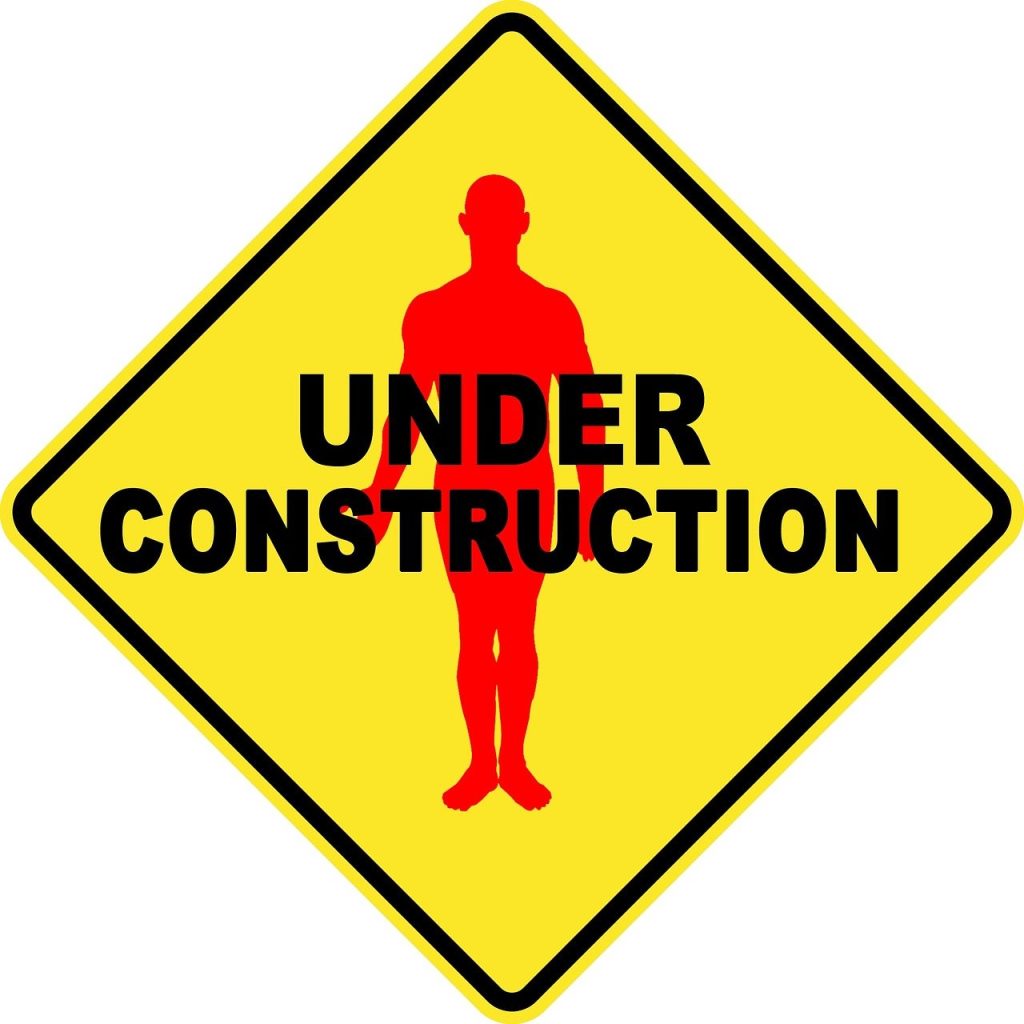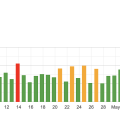You’re diving into the murky waters of SEO, a domain where even a simple oversight like duplicate content can throw your entire strategy off course. In “What Is Duplicate Content, And Why Is It Bad For SEO?”, you’ll discover how repeated blocks of text can undercut your search engine rankings and sabotage your efforts to get noticed online. By the end, you’ll be equipped to spot and fix duplicate content, ensuring your website remains a competitive player in a crowded digital landscape. Have you ever wondered what duplicate content is and why it’s such a hot topic in the world of SEO? If you’re trying to climb the search engine rankings, understanding duplicate content is crucial because it can significantly impact your visibility. This article will take you on a detailed journey through the ins and outs of duplicate content and explain why it’s bad for SEO.
What Is Duplicate Content?
Duplicate content refers to substantive blocks of content within or across domains that either completely match other content or are noticeably similar. In other words, it’s when the same or very similar content appears on multiple URLs.
Types of Duplicate Content
There are mainly two types of duplicate content: internal and external. Let’s delve into what each one means.
Internal Duplicate Content
Internal duplicate content occurs within the same domain. This means that the same content is replicated across different pages on your website. Common culprits include:
- Printer-friendly versions: If you have printer-friendly versions of your web pages, make sure they are not accessible via different URLs.
- URL Parameters: Tracking parameters, session IDs, or other URL parameters can often lead to the same content being available through multiple URLs.
External Duplicate Content
External duplicate content happens across different domains. This means similar or identical content appears on other websites. This can result from:
- Scraping: When other websites copy your content and publish it without your permission.
- Syndication: When your content is republished on other sites with your permission but without proper canonical tags.
Why Is Duplicate Content an Issue?
You might wonder why duplicate content is such a big deal. Here are the main reasons why it’s problematic:
Confuses Search Engines
When search engines come across multiple pages with the same content, they struggle to determine which one should be ranked higher. This can result in lower rankings for all duplicate pages, reducing your overall visibility.
Dilutes Link Equity
Link equity, also known as “link juice,” refers to the value passed from one site through links. When you have multiple pages with the same content, the links pointing to these pages get divided, diluting the overall authority that could have been concentrated on a single page.
Wastes Crawl Budget
Search engines have a finite crawl budget. This means they can only spend a limited amount of time crawling each site. When they encounter duplicate content, they waste valuable time that could be spent indexing other unique and valuable pages on your site.
Can Lead to Content Theft
If other sites are publishing your content without your permission, it can lead to content theft, further complicating your SEO efforts.

Common Causes of Duplicate Content
Understanding what causes duplicate content is the first step in mitigating its negative impact. Below are some common reasons that might lead to duplicate content on your site:
URL Variations
Different URLs can deliver the same content. For example:
- http://example.com/page/
- http://example.com/page/?sessionid=12345
- http://example.com/page?utm_source=twitter
Even though the URLs are different, they might lead to the same content.
HTTP vs. HTTPS
If both HTTP and HTTPS versions of a site are accessible without proper redirects, this can lead to duplicate content.
www vs. non-www
Having both www.example.com and example.com accessible without redirects can also cause duplicate content.
Scraped Content
As mentioned earlier, if other sites copy and republish your content without proper canonical tags, it can result in external duplicate content.
Session IDs
Many e-commerce websites use session IDs to keep track of user interactions. If these are added to the URL, they can create multiple URLs with the same content.
How to Identify Duplicate Content
You can’t fix what you can’t identify. Let’s go through some effective methods of finding duplicate content on your site.
Manual Checks
Simply type your content into a search engine in quotes. For example, typing “This is a sample sentence from my webpage” can help you see if other URLs are using the same content.
Automated Tools
Several tools can help you identify duplicate content. Some popular ones include:
- Copyscape: Great for finding external duplicate content.
- Siteliner: Useful for identifying internal duplicate content.
- Screaming Frog: Another robust tool for auditing websites to find duplicate content.

Fixing Duplicate Content
So, you’ve identified duplicate content on your website. What now? Here are some actionable steps you can take to rectify the issue.
Implement 301 Redirects
Use 301 redirects to direct visitors and search engines from duplicate content pages to the original content. This is particularly useful in cases such as HTTP vs. HTTPS and www vs. non-www versions of your site.
Rel=”canonical” Tags
Using canonical tags is important when you have multiple versions of the same content. The canonical tag tells search engines which version of a URL you want to appear in search results.
Use Consistent URL Parameters
Be mindful of how you’re using URL parameters. Ideally, you should set your CMS to be consistent in how it adds these parameters.
Employ the Meta Robots Tag
Use the meta robots tag to tell search engines not to index certain pages. This can help manage duplicate content in cases like printer-friendly pages or session ID-driven URLs.
Avoid Content Scraping
Monitor your content to ensure nobody is scraping and republishing it without your permission. Tools like Copyscape can be very helpful in detecting this.
Use a Single Domain
Locking down your website to either www or non-www is crucial. Similarly, ensure you’re using either HTTP or HTTPS.
Best Practices to Prevent Duplicate Content
Prevention is better than cure. Here are some best practices you can follow to avoid generating duplicate content in the first place.
Create Unique Content
Perhaps the most straightforward solution, investing the time and resources in generating unique content will eliminate most issues related to duplicate content.
Regular Audits
Perform regular content audits to catch duplicate content issues before they become problematic. This should be part of your ongoing SEO strategy.
Educate Your Team
If you have multiple content creators, educating them about the importance of unique content and the issues surrounding duplicate content can go a long way.
CMS Settings
Ensure that your Content Management System (CMS) is configured correctly. This can involve settings around URL parameters, canonicals, and other aspects that could lead to duplicate content.

The Google Perspective on Duplicate Content
Google has its guidelines when it comes to duplicate content. It’s useful to understand how Google views and handles it.
Google’s Definition
Google defines duplicate content as “substantive blocks of content within or across domains that either completely match other content or are appreciably similar.”
Google’s Handling
According to Google, not all duplicate content is malicious or intended to manipulate search results. The search engine’s algorithms have a good job of discriminating between malicious duplicate content and benign instances.
Potential Penalties
While Google doesn’t necessarily penalize for duplicate content, it may filter out duplicate pages from its search results. This means you might lose visibility for those pages, even if you don’t incur an actual penalty.
Case Studies on Duplicate Content
Sometimes, practical examples can offer more insight than theory. Here are a couple of real-world case studies that illustrate the impact of duplicate content.
Case Study 1: E-commerce Website
A large e-commerce website noticed a significant drop in its organic traffic. After performing a site audit, they found that session IDs were creating hundreds of duplicate pages. By implementing 301 redirects and using canonical tags, they managed to recover their lost traffic over a few months.
Case Study 2: Content Aggregator
A content aggregator was republishing articles from other sites without using canonical tags. This resulted in external duplicate content, causing a drop in their search rankings. Once they corrected this and sought permission for content syndication, their SEO performance improved dramatically.
Myths About Duplicate Content
Finally, let’s debunk some common myths related to duplicate content.
Myth 1: Google Always Penalizes Duplicate Content
Google doesn’t always penalize for duplicate content. In many cases, the search engine simply filters out duplicates to show the most relevant results.
Myth 2: Internal Duplicate Content is Not a Big Deal
Internal duplicate content can be just as problematic as external duplicate content, especially when it comes to diluting link equity and wasting crawl budget.
Myth 3: Canonical Tags Fix Everything
While canonical tags are helpful, they are not a one-size-fits-all solution. Other methods like 301 redirects and proper use of meta robots tags are also crucial.
Conclusion
Understanding and addressing duplicate content is a critical aspect of effective SEO. It’s about knowing what it is, why it’s an issue, how to identify it, and the best ways to fix it. By following the guidelines and best practices laid out in this article, you’ll be well on your way to ensuring that duplicate content doesn’t hinder your SEO efforts. Remember, unique content is not just good for SEO; it’s good for your users, too. So, invest in unique content and make your website the best it can be.











